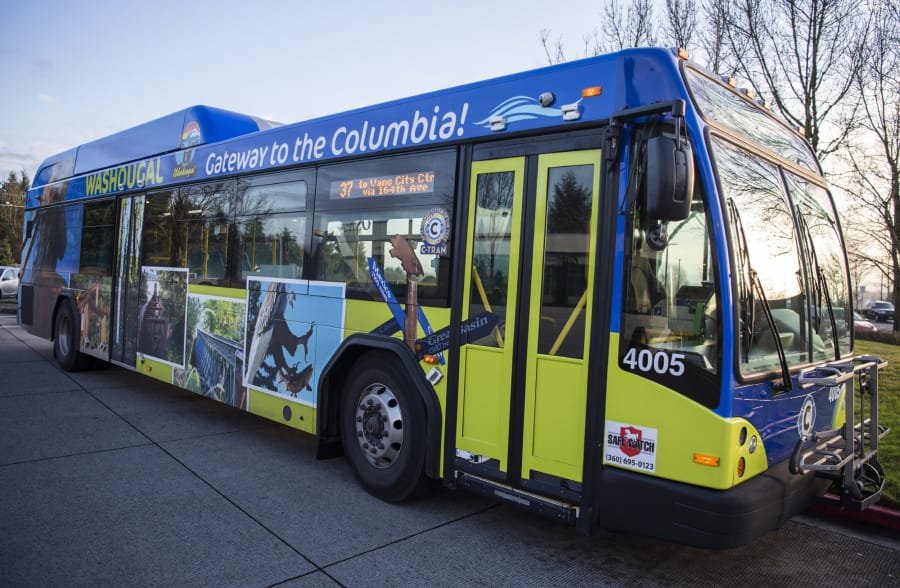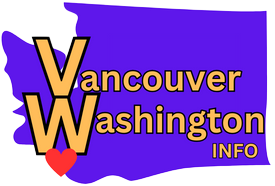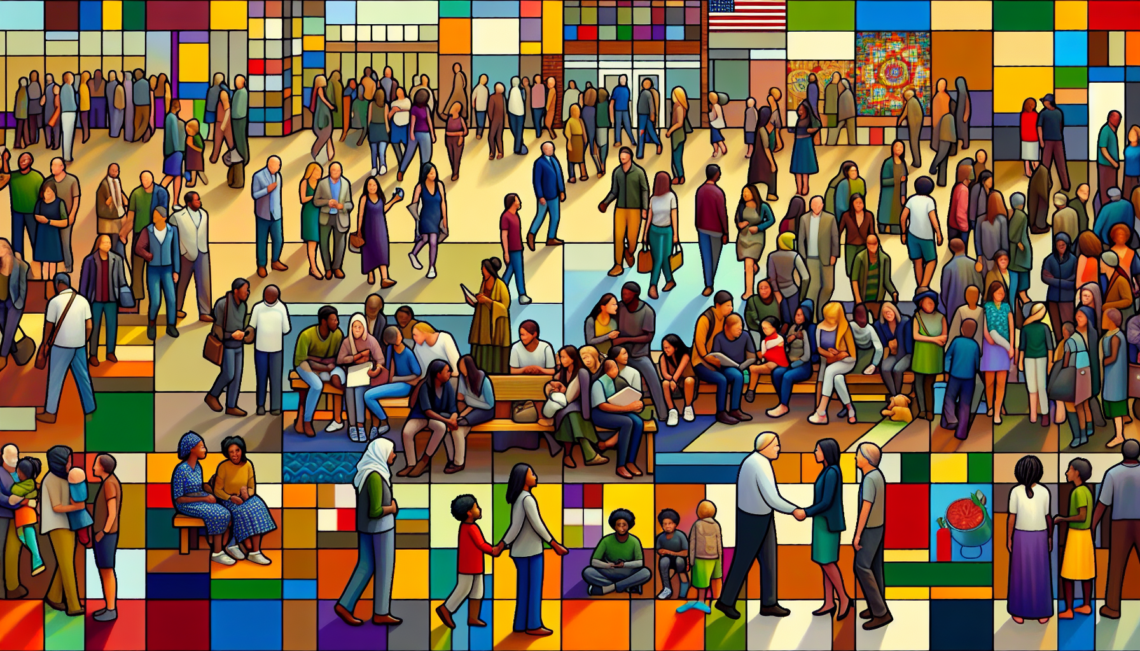
Demographic Composition of Washington State
Washington state is a melting pot of diverse cultures and ethnicities, making it a truly fascinating place to explore. From the bustling city streets of Seattle to the tranquil landscapes of Mount Rainier, this vibrant state is home to a rich tapestry of races and ethnicities. Stepping foot into Washington means immersing yourself in a blend of people from various backgrounds, such as White, Asian, African American, Native American, and Hispanic communities. Each group contributes to the unique demographic composition of Washington state, creating an inclusive and welcoming environment for all.
Table of Contents
ToggleOverview of Washington State
Geographical Information
Washington state is a diverse and beautiful region located in the Pacific Northwest corner of the United States. It is bordered by the Pacific Ocean to the west, the Canadian province of British Columbia to the north, Oregon to the south, and Idaho to the east. The state covers an area of approximately 71,300 square miles, making it the 18th largest state in the country.
Historical Background
Washington state has a rich historical background that dates back thousands of years. Native American tribes, including the Coast Salish, Duwamish, and Snoqualmie, have inhabited the region for centuries. European settlement began in the late 18th century, with traders, missionaries, and explorers arriving in the area. The region became part of the Oregon Territory in 1848 and was admitted to the Union as the 42nd state in 1889.
Ethnic and Racial Composition
White Population
The majority of Washington state’s population identifies as White, comprising approximately 77% of the total population. This includes individuals of European descent, such as Germans, Irish, and English, as well as those from other European countries.
Asian Population
Washington state is home to a significant Asian population, accounting for around 10% of the total population. This includes individuals of Chinese, Filipino, Indian, Japanese, Korean, Vietnamese, and other Asian descent. Many Asians have settled in the major cities of Washington state, contributing to the cultural diversity of the region.
Hispanic or Latino Population
The Hispanic or Latino population in Washington state is growing steadily, making up approximately 13% of the total population. This includes individuals of Mexican, Puerto Rican, Cuban, and other Latin American descent. Many Hispanics have migrated to the state in search of better opportunities and contribute to the vibrant cultural fabric of Washington.
African American Population
African Americans make up around 4% of Washington state’s population. The African American community has deep historical roots in the region, with significant contributions to the arts, music, sports, and civil rights movement. Seattle, in particular, has a vibrant African American community.
Native American Population
Washington state is home to many Native American tribes, and their population represents approximately 1% of the total population. These tribes, including the Yakama, Lummi, and Makah, have a rich cultural heritage and continue to play an essential role in the state’s history and identity.
Pacific Islander Population
The Pacific Islander population in Washington state is relatively small, accounting for around 0.6% of the total population. This includes individuals of Hawaiian, Samoan, Tongan, and other Pacific Islander descent.
Other Races and Multiracial Population
Washington state also has a diverse population of individuals belonging to other races and multiracial backgrounds. This includes individuals of Middle Eastern, Native Hawaiian or Other Pacific Islander, and other non-specific racial backgrounds.
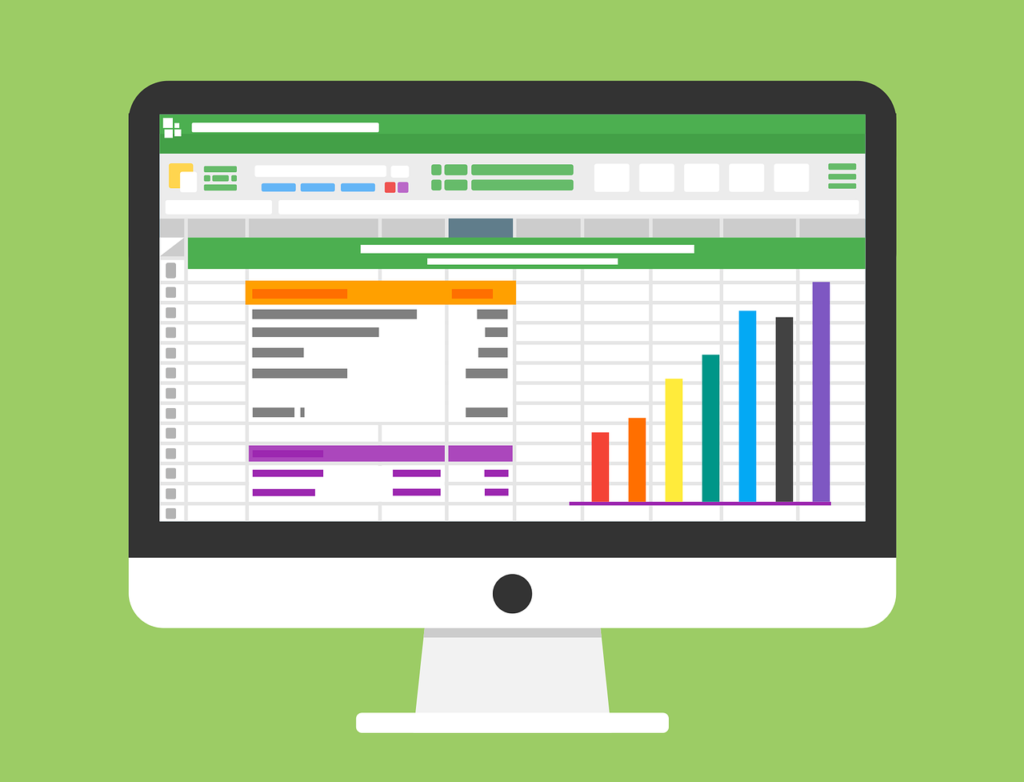
This image is property of pixabay.com.
Age Distribution
Children and Adolescents
Washington state has a significant population of children and adolescents, with individuals under the age of 18 comprising approximately 22% of the total population. The state places a strong emphasis on education and provides various resources and services to support the development and well-being of its young population.
Working Age Population
The working-age population, typically between the ages of 18 and 64, makes up the majority of Washington state’s residents. This age group accounts for approximately 60% of the total population and plays a crucial role in supporting the state’s economy and workforce.
Elderly Population
The elderly population, individuals aged 65 and older, represents around 18% of Washington state’s population. As the population continues to age, the state has been focusing on providing services and support for its elderly residents, such as healthcare, retirement options, and community programs.
Gender Distribution
Male Population
In Washington state, males make up approximately 49% of the total population. The male population is spread across various age groups and plays an important role in the social, economic, and cultural fabric of the state.
Female Population
Females account for approximately 51% of the total population in Washington state. Like their male counterparts, women are actively engaged in all aspects of society, including education, healthcare, business, and politics.
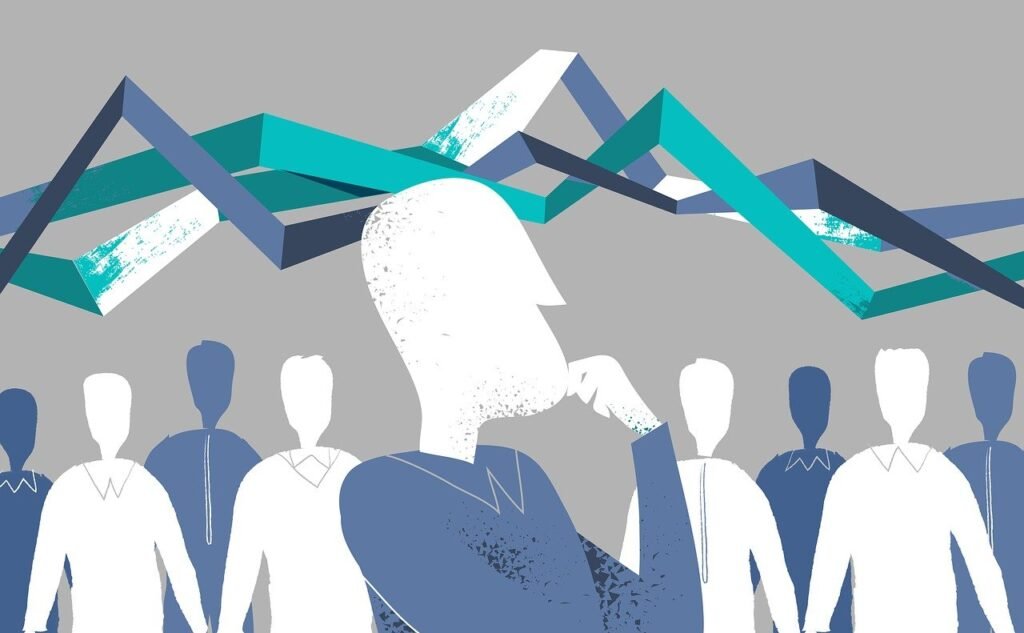
This image is property of pixabay.com.
Major Cities and Counties
Seattle
Seattle, known as the Emerald City, is the largest city in Washington state and serves as its economic and cultural hub. It is renowned for its thriving technology industry, beautiful natural surroundings, and diverse population.
Spokane
Located on the eastern side of the state, Spokane is the second-largest city in Washington. It is known for its vibrant arts scene, beautiful parks, and historic architecture. Spokane offers a unique blend of urban amenities and close proximity to outdoor recreational opportunities.
Bellevue
Bellevue is a rapidly growing city located east of Seattle. It is known for its strong economy, with many technology companies and corporate headquarters calling it home. Bellevue offers a high standard of living and is known for its excellent schools and quality of life.
Tacoma
Tacoma, situated south of Seattle, is known for its bustling port, vibrant arts community, and historic architecture. The city offers a mix of urban amenities and natural beauty, with stunning views of Mount Rainier and access to the Puget Sound.
Vancouver
Vancouver, located just across the Columbia River from Portland, Oregon, is the fourth-largest city in Washington state. It boasts a thriving economy, beautiful parks, and a growing cultural scene. Vancouver provides easy access to both urban amenities and outdoor recreational opportunities.
King County
King County is the most populous county in Washington state and includes the city of Seattle. It is known for its diverse population, robust economy, and breathtaking natural beauty. King County offers an array of cultural, recreational, and educational opportunities.
Pierce County
Pierce County, located south of King County, encompasses cities such as Tacoma, Lakewood, and Puyallup. It features a mix of urban and suburban areas, with a strong military presence due to the proximity of Joint Base Lewis-McChord. Pierce County offers a range of recreational activities and an affordable cost of living.
Snohomish County
Snohomish County is located north of King County and includes neighboring cities such as Everett, Lynnwood, and Edmonds. It is known for its scenic beauty, with picturesque mountains and waterways. Snohomish County offers a high quality of life, excellent schools, and a range of outdoor recreational activities.
Spokane County
Spokane County encompasses the city of Spokane and its surrounding areas. It is known for its natural beauty, outdoor recreational opportunities, and a thriving arts and cultural scene. Spokane County offers a friendly community atmosphere and a lower cost of living compared to western Washington.
Clark County
Located in the southwestern corner of the state, Clark County borders the state of Oregon and includes the city of Vancouver. It is known for its scenic beauty, proximity to Portland, Oregon, and a range of outdoor recreational activities. Clark County offers a mix of suburban and rural areas, with a slower pace of life.
Economic Factors
Income Distribution
Washington state has a varied income distribution, with some areas experiencing higher prosperity than others. Urban centers like Seattle and Bellevue tend to have higher median household incomes, while more rural areas may have lower incomes. Overall, the state’s economy is diverse, with industries such as technology, healthcare, aerospace, agriculture, and tourism contributing to its economic strength.
Occupational Diversity
Washington state boasts a diverse range of occupations, from high-tech industries to healthcare, education, manufacturing, and agriculture. The technology sector is particularly strong, with companies like Microsoft and Amazon headquartered in the state. The state also has a robust healthcare system, with numerous hospitals, medical centers, and research institutions.
Education Levels
Washington state places a strong emphasis on education, with a high percentage of residents holding bachelor’s degrees or higher. The state is home to prestigious universities and colleges, including the University of Washington and Washington State University. Investment in education and a skilled workforce contribute to the state’s economic growth and innovation.
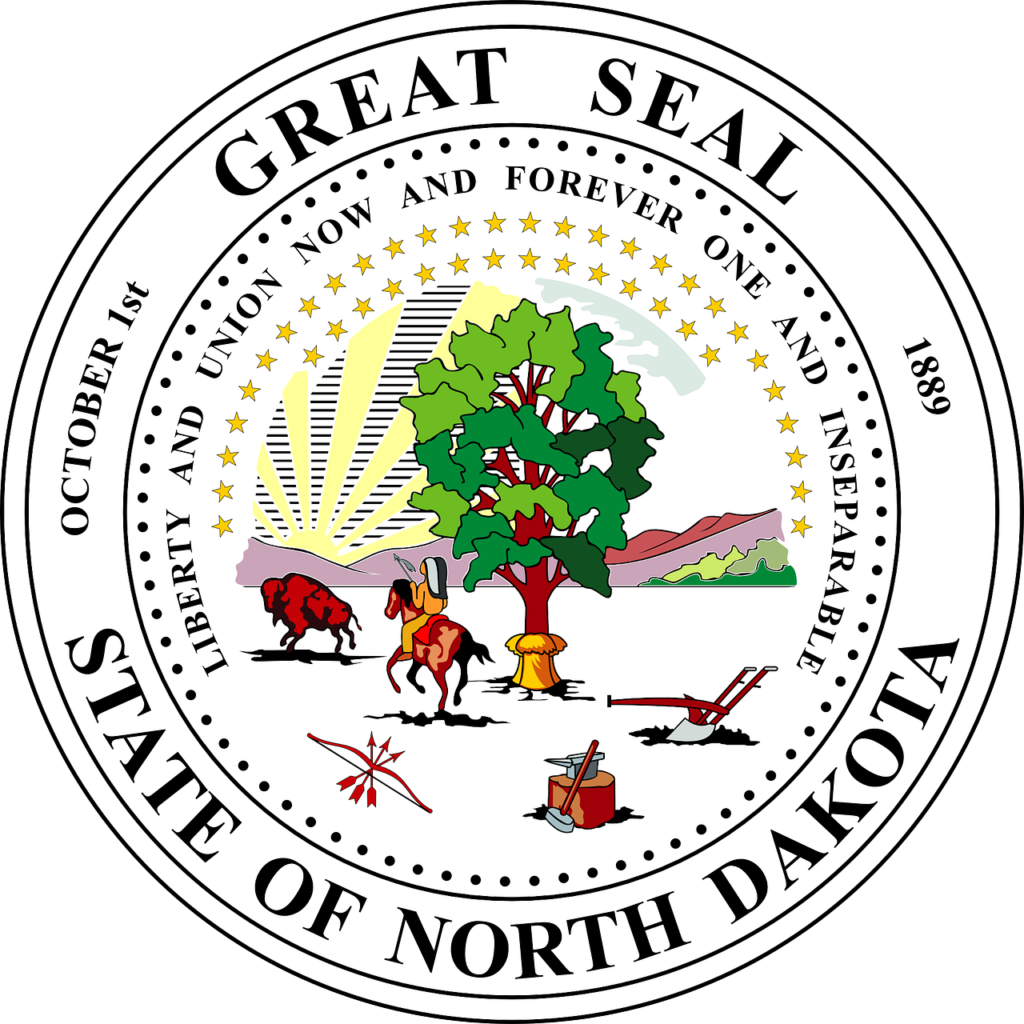
This image is property of pixabay.com.
Immigration and Citizenship
Foreign-Born Population
Washington state has a significant foreign-born population, with individuals from various countries around the world making it their home. These individuals contribute diverse perspectives, cultures, and talents to the social fabric of the state.
Citizenship Status
Many foreign-born residents of Washington state pursue U.S. citizenship, while others may hold permanent residency or other visa statuses. The state values its immigrant population, recognizing the contributions they make to its economy, culture, and society.
Religious Affiliations
Christianity
Christianity is the predominant religion in Washington state, with various denominations represented. This includes Protestant denominations, such as Methodist, Baptist, and Presbyterian, as well as Catholicism and other Christian traditions.
Other Religions
Washington state is also home to a diverse range of other religions, including Islam, Hinduism, Buddhism, Judaism, Sikhism, and more. The state embraces religious freedom and tolerance, allowing individuals to practice their faith without discrimination.
Religiously Unaffiliated
An increasing number of residents in Washington state identify as religiously unaffiliated, meaning they do not align with any particular religious affiliation. This includes individuals who identify as atheists, agnostics, or those who consider themselves spiritual but not religious.
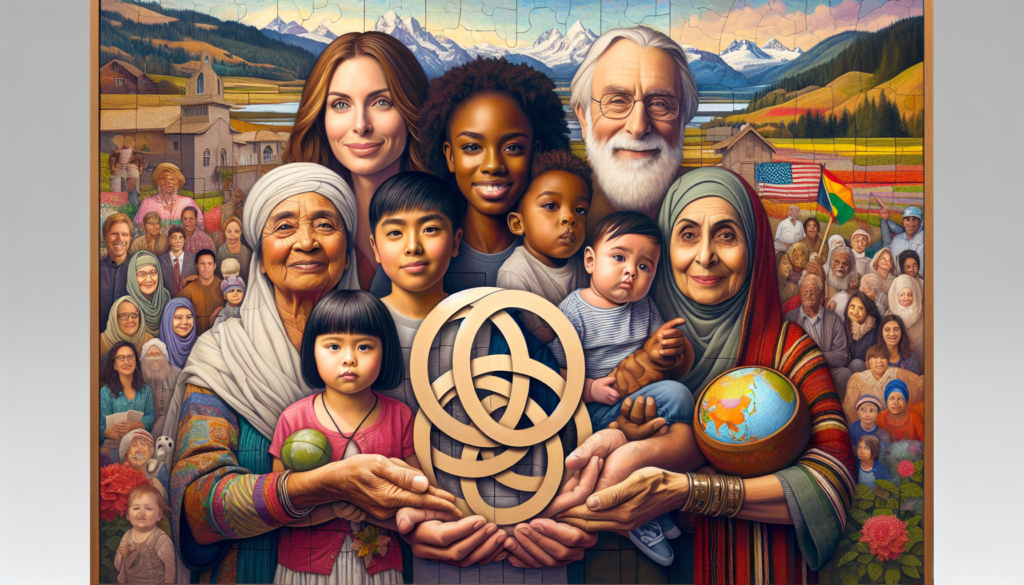
Language Spoken
English
English is the primary language spoken in Washington state, with the majority of residents fluent in it. It is the language of instruction in schools and is widely used in business and government interactions.
Other Languages
Washington state is also home to many individuals who speak languages other than English. This includes a range of languages such as Spanish, Chinese, Vietnamese, Russian, Tagalog, Korean, and more. The diverse linguistic landscape of the state adds to its multicultural character.
Educational Institutions
K-12 Schools
Washington state has a strong system of K-12 education, with numerous public and private schools throughout the state. These schools provide quality education and strive to prepare students for higher education or the workforce.
Colleges and Universities
Washington state is home to several prestigious colleges and universities, including the University of Washington, Washington State University, Seattle University, and Gonzaga University, among others. These institutions offer a wide range of academic programs and contribute to the state’s reputation as an educational hub.
In conclusion, Washington state is a diverse and dynamic region with a rich cultural heritage, vibrant cities, and stunning natural landscapes. Its population consists of various ethnicities, races, ages, genders, and religious affiliations, creating a multicultural tapestry. From economic opportunities to educational institutions, Washington state offers a range of resources and services to support its residents and foster growth and prosperity.
You May Also Like

How to Calculate the Cost of Living in Vancouver, Washington
11 January 2024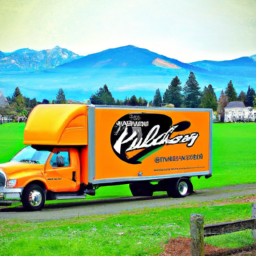
Moving Tips | Moving to Clark County, Washington
25 August 2023